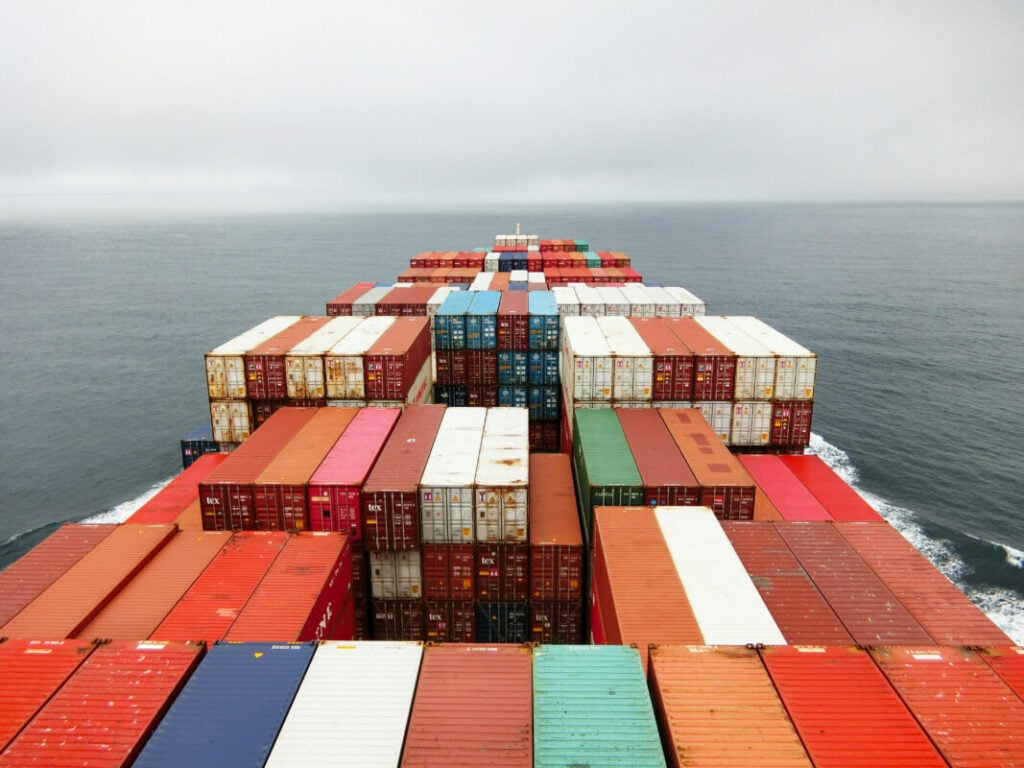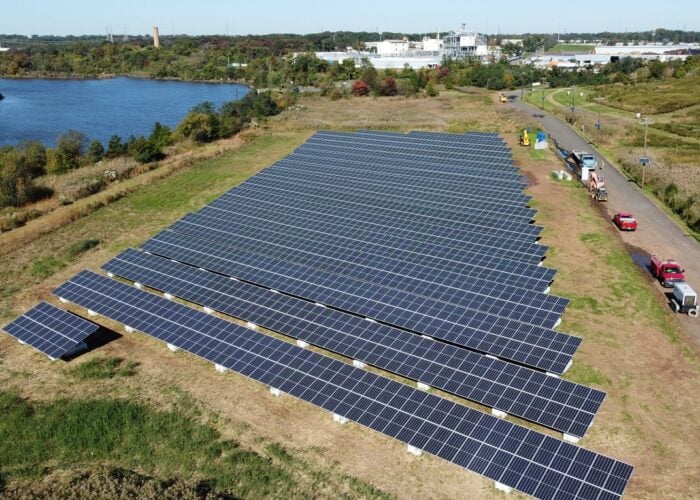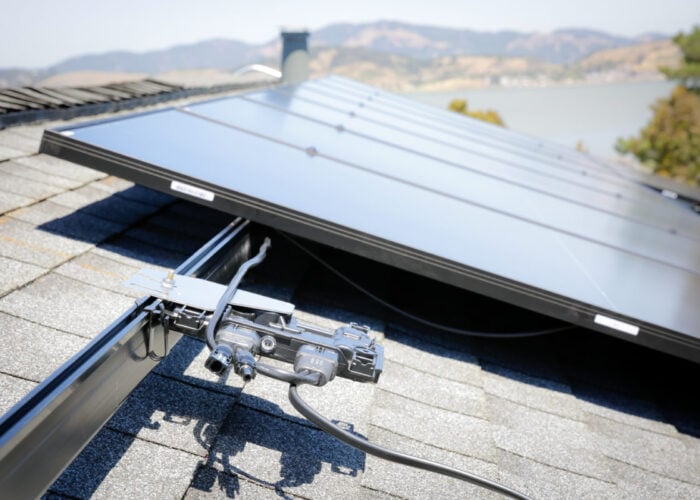
The Office of the United States Trade Representative (USTR) has proposed increasing tariffs on wafers and polysilicon under Section 301.
Last week, the USTR unveiled modifications concerning tariff actions under Section 301, which includes the increase of solar cells (whether or not assembled into modules) tariffs from 25% to 50% as well as semiconductors and batteries, as covered by our sister-site Energy-storage.news. These increased tariffs were announced last May.
Unlock unlimited access for 12 whole months of distinctive global analysis
Photovoltaics International is now included.
- Regular insight and analysis of the industry’s biggest developments
- In-depth interviews with the industry’s leading figures
- Unlimited digital access to the PV Tech Power journal catalogue
- Unlimited digital access to the Photovoltaics International journal catalogue
- Access to more than 1,000 technical papers
- Discounts on Solar Media’s portfolio of events, in-person and virtual
Or continue reading this article for free
The tariffs due to be implemented this year, which include solar cells (whether or not assembled into modules), will take effect on 27 September, whereas tariffs for 2025 and 2026, such as lithium-ion non-electrical vehicle batteries, will be enforced on or after January 1 of the corresponding year.
“Increasing the tariffs will allow the burgeoning domestic industry to compete, creating a more resilient domestic supply chain, improving US energy security, and promoting clean energy initiatives,” read the findings.
“Today’s finalized tariff increases will target the harmful policies and practices of the People’s Republic of China that continue to impact American workers and businesses,” said trade representative Katherine Tai. “These actions underscore the Biden-Harris Administration’s commitment to standing up for American workers and businesses in the face of unfair trade practices.”
As the tariffs on solar cells get increased to 50%, the USTR has proposed increasing tariffs on two subheadings, namely 2804.61.00 (for silicon containing by weight not less than 99.99% of silicon) and 3818.00.00 (chemical elements doped for use in electronics, in the form of discs, wafers etc., chemical compounds doped for electronical use).
The proposal for increased tariff rates on wafers and polysilicon is suggested to reach 50%, as they are considered “critical” for manufacturing solar cells and semiconductors. A report from the USTR highlights that China accounts for 93% of polysilicon manufacturing capacity and 95% of wafer capacity.
“China’s dominance in the manufacturing of wafers and polysilicon is likely to undermine new investments in domestic manufacturing, impede the resiliency of U.S. supply chains for solar cells and semiconductors, and undermine the effectiveness of the tariffs on solar cells and semiconductors,” the findings read, which can be accessed here.
Solar manufacturing equipment exclusion
Another update from the USTR since the draft released in May is to temporarily exclude from Section 301 duties on certain solar manufacturing equipment. This would pertain to 19 exclusions regarding solar manufacturing equipment.
Among the 19 exclusions, five were for equipment to manufacture solar modules, six for equipment to manufacture solar cells and the remaining eight for equipment to manufacture PV wafers.
In the end, the USTR has decided to not adopt the five exclusions for equipment to manufacture solar modules, due to sufficient availability of products covered by the exclusions outside of China.
“This is an important step in aligning US industrial policy and the goals of the IRA with US trade policy. Both an increase in tariffs on China’s solar component exports and temporary tariff relief for certain solar equipment will boost US manufacturing and send an important signal to China,” said Mike Carr, executive director of the Solar Energy Manufacturers for America (SEMA) Coalition.
Regarding temporary exclusion of wafers and solar cell manufacturing equipment, the USTR has determined to adopt the 14 exclusions for the manufacturing equipment, due to “limited information regarding the availability and pricing of the cell manufacturing equipment covered by these exclusions outside of China, but some of the risks of granting the exclusions are mitigated by the short prospective duration of the exclusions”.
The exclusion is effective from 1 January 2024 until 31 May 2025.
In the coming days, the USTR aims to release a Federal Register notice announcing procedures for comments on the proposed modifications and information regarding the exclusion process for machinery used in domestic manufacturing, including solar PV manufacturing equipment.
“Dollars saved in retroactive equipment exclusions will help US solar manufacturers confront the challenges of market manipulation from China. US-owned companies were the first movers when it came to building solar manufacturing factories in the US and should be rewarded for taking that first step as we restore the entire supply chain,” added Carr.







